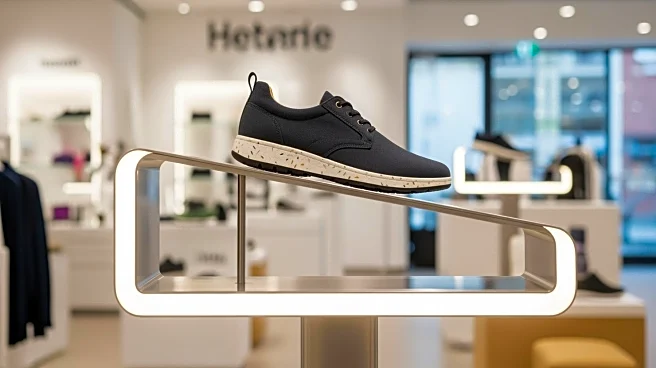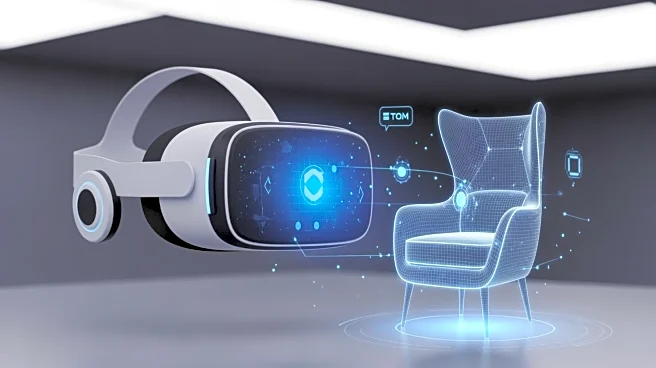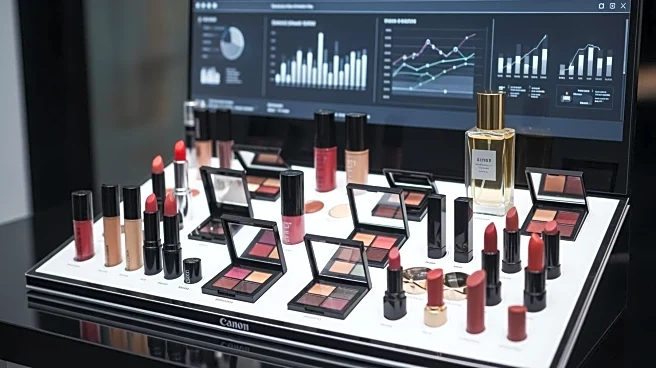What's Happening?
Virtual showrooms are transforming the retail landscape by offering interactive, branded spaces where customers can explore, configure, and purchase products using 3D, augmented reality (AR), or virtual reality (VR) technologies. These digital environments
allow customers to engage with products in a manner similar to physical stores, enhancing the shopping experience through features like 360-degree product views, embedded videos, and VR environments. The concept, initially popularized in wholesale, is now being adopted by consumer-facing brands across various industries, including automotive, fashion, and home improvement. Virtual showrooms complement physical stores by providing a seamless transition from online exploration to in-store purchasing, thereby strengthening click-and-mortar strategies.
Why It's Important?
The rise of virtual showrooms signifies a shift in retail strategies, emphasizing customer engagement and data-driven insights. By reducing operational costs and improving sustainability, virtual showrooms offer retailers a cost-effective solution to showcase products without the need for physical samples. This approach not only lowers expenses related to shipping and storage but also minimizes waste and carbon footprint. Additionally, virtual showrooms accelerate time-to-market by enabling real-time product updates, expanding global reach without physical expansion, and creating immersive customer experiences that build confidence and shorten the path to purchase. As the extended reality (XR) market continues to grow, virtual showrooms are poised to become a core component of successful retail strategies.
What's Next?
Retailers are expected to further integrate virtual showrooms into their omnichannel strategies, leveraging technologies like 3D rendering, AR, and VR to enhance customer engagement and drive sales. As these technologies become more accessible and affordable, smaller businesses can adopt virtual showrooms to expand their reach and improve customer experiences. The continued growth of the XR market suggests increasing consumer demand and government support, which will likely lead to further innovations in virtual showroom capabilities. Retailers may also explore partnerships with technology providers to develop bespoke virtual environments that cater to specific industry needs.
Beyond the Headlines
Virtual showrooms offer deeper implications for retail, including ethical and cultural dimensions related to consumer privacy and data usage. As retailers gather valuable data on product engagement, they must navigate the balance between personalization and privacy. Additionally, the shift towards virtual environments may influence cultural perceptions of shopping, as consumers increasingly rely on digital experiences to make purchasing decisions. Long-term, virtual showrooms could redefine retail norms, encouraging brands to prioritize immersive storytelling and interactive experiences over traditional sales tactics.













